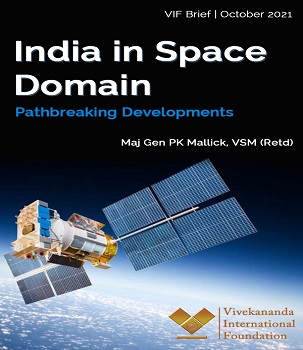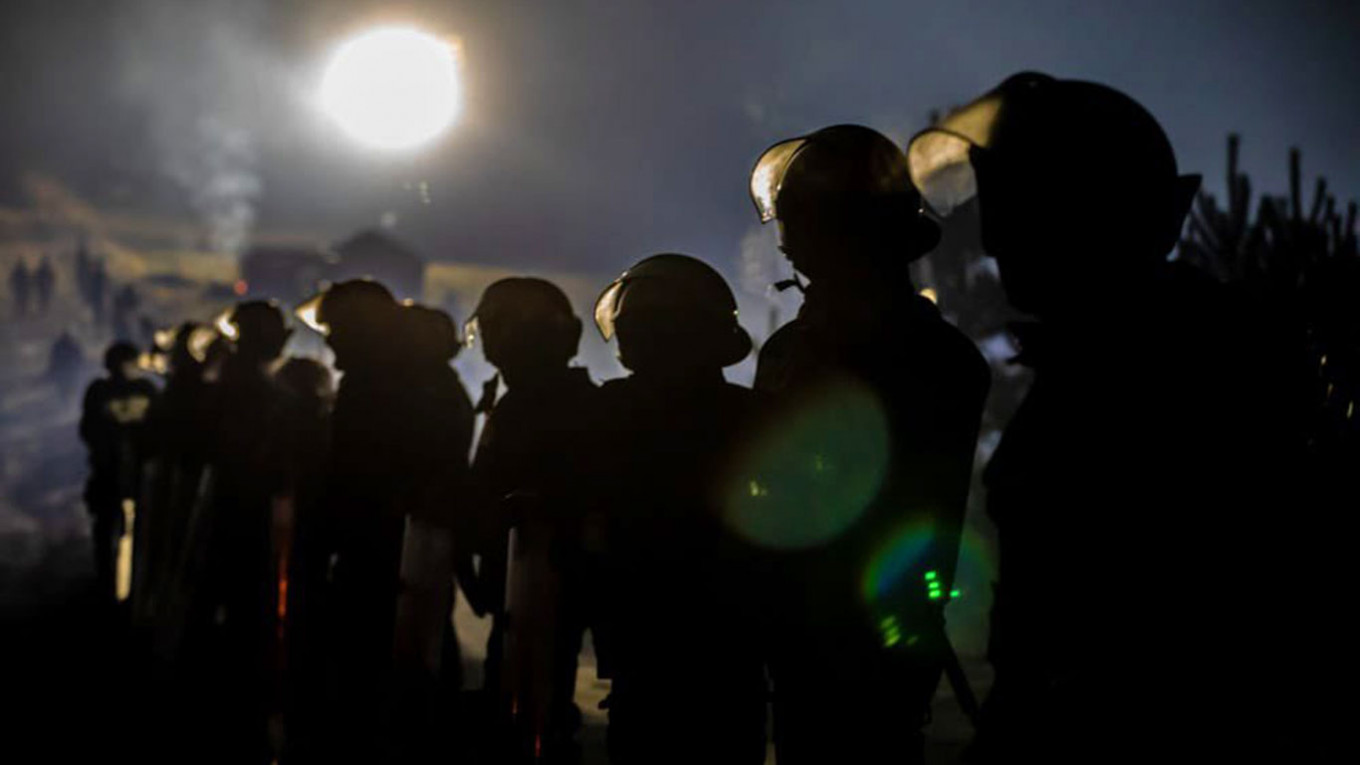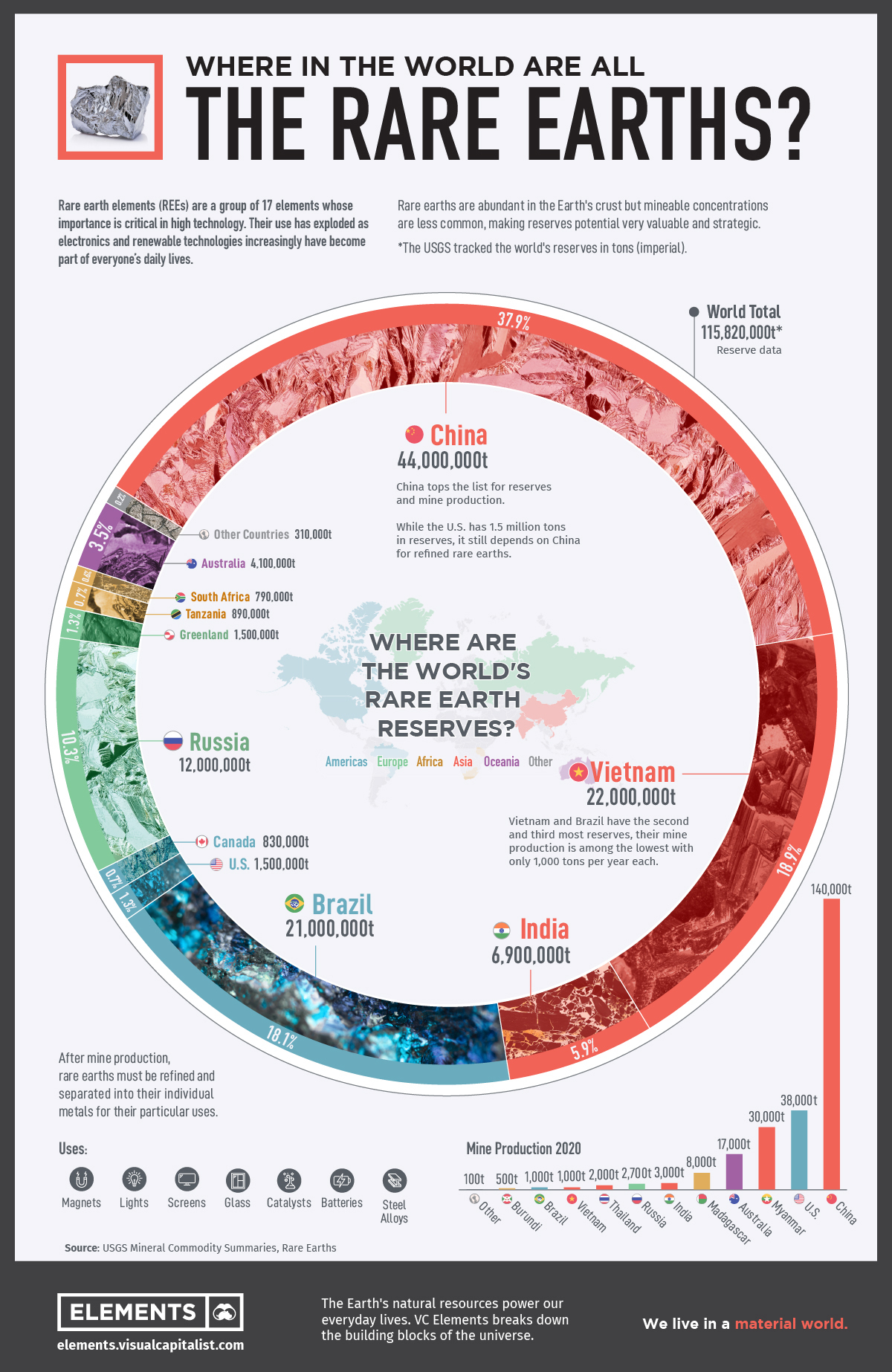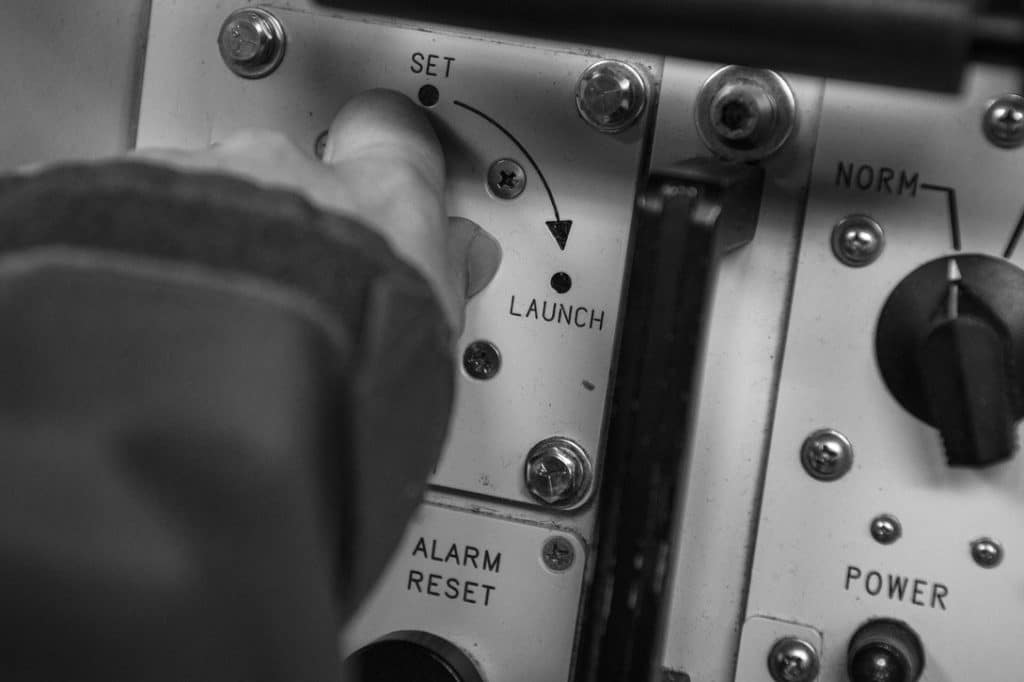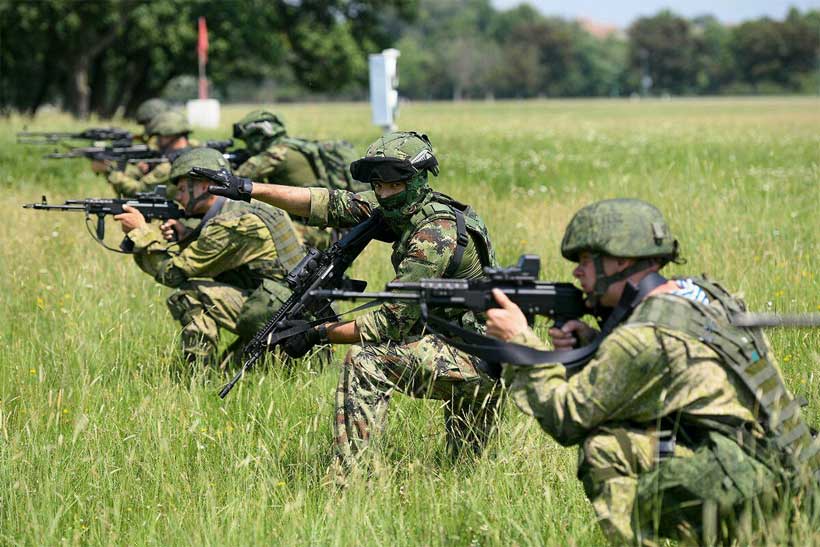RFE RL
The agreement was signed on November 28 in the Turkmen capital, Ashgabat, on the sidelines of a regional economic summit.
Under the swap deal – which boosts an existing agreement – Iran will receive gas from Turkmenistan and deliver the same amount to Azerbaijan, Iranian Oil Minister Javad Owji told Iranian state media.
“Turkmenistan will sell 5-6 million cubic meters of gas per day to Azerbaijan under the trilateral agreement,” Iranian state TV quoted Owji as saying.
Owji also said Iran was moving to resolve a lingering gas debt dispute with Turkmenistan. Ashgabat claimed in 2016 that Iran owed at least $1.5 billion for gas it had received from Turkmenistan. Iran disputed the figure.
“We will soon pay the first installment to clear the gas debt that we owe to the Turkmen side, after talks that were held earlier,” Owji said, without giving the amount of the debt.
Iran has the world’s second largest reserves of natural gas after Russia. With most of its major gas fields located in the country’s south, Iran has imported natural gas from neighboring Turkmenistan since 1997 for distribution in its northern provinces, especially during the winter.
The new deal was signed on the sidelines of the summit of the Economic Cooperation Organization. The organization comprises all five Central Asian countries –Turkmenistan, Kazakhstan, Kyrgyzstan, Tajikistan, and Uzbekistan — as well as Afghanistan, Azerbaijan, Iran, Pakistan, and Turkey.

